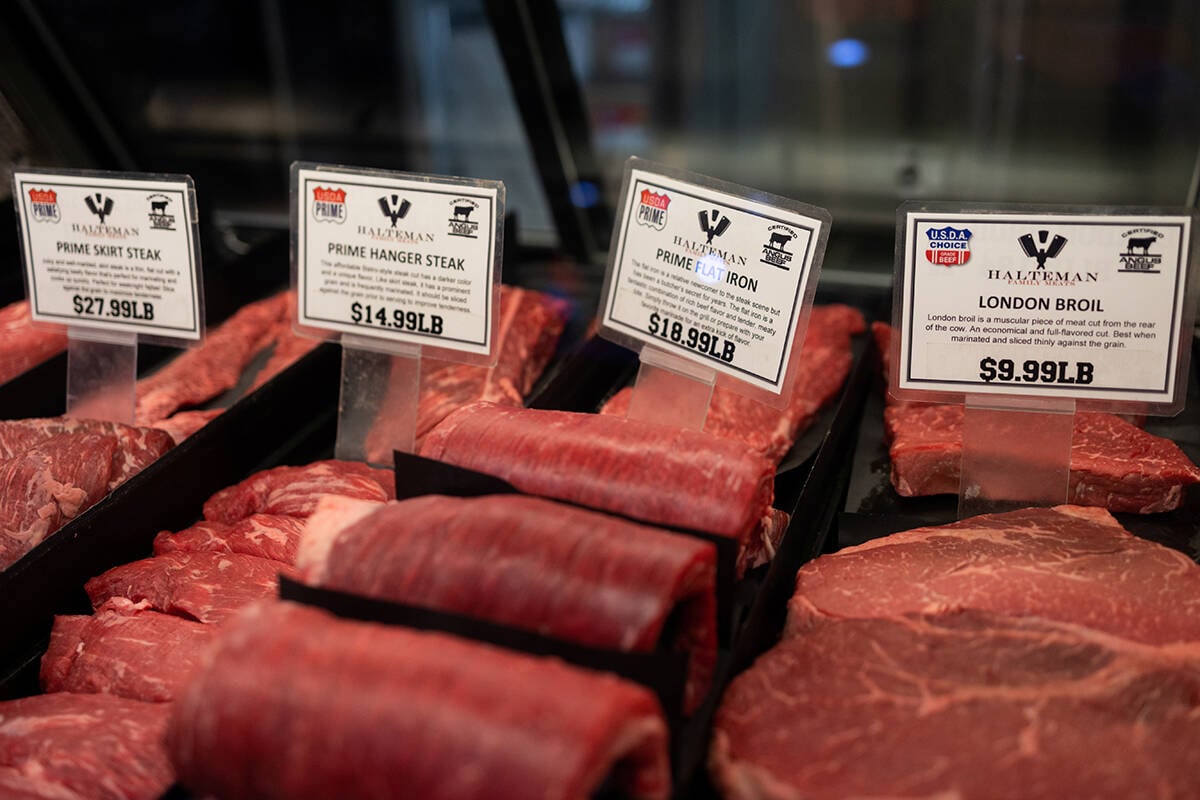Durum futures on horizon?
For the first time in 20 years, durum producers and consumers might have access to a futures market for their product.
But it won’t be the binational market promised by the Minneapolis and Winnipeg grain exchanges last year – at least not yet.
The Minneapolis Grain Exchange has asked United States federal market regulators for approval to revive its durum contact, which, like Snow White, has been lying dormant for years.
Almost one year ago exactly, the Minneapolis and Winnipeg exchanges announced they were exploring the potential of forming a joint futures contract for North American durum wheat.
Read Also

Trump’s handling of the beef market isn’t helping matters
It appears U.S. president Donald Trump’s knowledge of the beef industry is pretty much limited to his taste for Big Macs.
That is still the intention, but technical and regulatory issues of having two markets in the same time zone in two countries handling the same grain have delayed implementation.
Yet demand for the product is growing in the U.S., so Minneapolis took the role of Prince Charming to awaken the durum contract that hasn’t been traded since the mid 1970s. Winnipeg will tag along once regulatory and technical hurdles are cleared.
Push by millers, producers
David Bullock, MGE chief economist, says the push for the durum futures market comes mainly from semolina millers and pasta producers who want to hedge their inputs.
“They want what anyone wants from a futures marketplace: Improved price discovery. Also, durum is a fairly volatile class of wheat in terms of price and they are looking for a tool they can use to protect themselves against price fluctuation,” said Bullock.
Durum growers in the U.S. have also been supportive.
The contract has to be approved by the U.S. federal Commodity Futures Trading Commission. That could come as early as Jan. 2 and Bullock said trading of the contract and its options could follow by the end of that month.
Meanwhile, the Winnipeg exchange says it is still interested in carrying the contract.
But Bruce Love, director of marketing, says a binational market is not easy to put together.
First, there would be two regulators, the CFTC in the U.S. and the Canadian Grain Commission in Canada. However, the grain commission’s regulation of the Winnipeg exchange is in transition with the Manitoba Securities Commission about to take over the role.
Then there is the matter of a clearing-house, matching trades between buyer with seller.
And there is the technological question of how you trade in two places at the same time. Do you institute electronic trading? Or perhaps morning trading at one location and afternoon trading at the other?
Another factor in Canada is the role of the Canadian Wheat Board – will it use the contract? It has shown support for the concept but its actual involvement in trading would have a major impact on success.
As for Canadian farmers, they will be able to use the Minneapolis contract but most will watch from the sidelines. Few producers directly trade contracts, but many watch the prices to get an indication of what direction future prices are headed.














